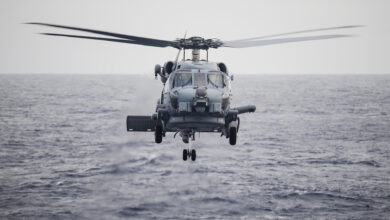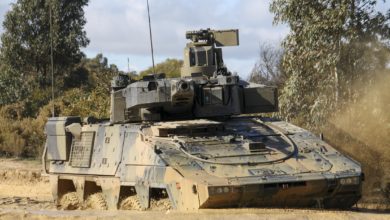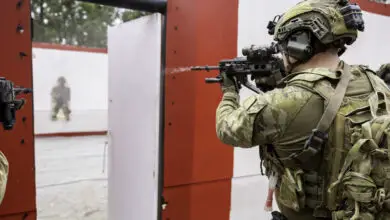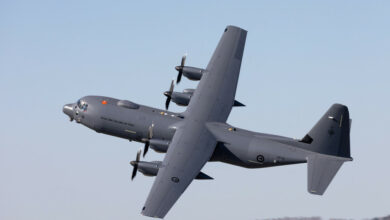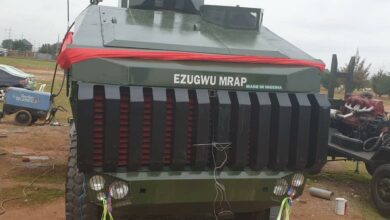US Army-Backed Research Yields New ‘Wonder’ Armor Material
Research funded by the US Army has led to the discovery of a new, lightweight material of extraordinary strength that could be used for improved armor, blast shields, protective coatings, and other impact-resistant technologies.
Researchers “found that materials formed from precisely patterned nanoscale trusses are tougher than Kevlar and steel,” according to the army.
These ultra-light, so-called “nanoarchitectured” materials were able to absorb the supersonic impact of microscopic projectiles.
“Increasing protection while simultaneously decreasing the weight that soldiers carry is an overreaching theme in our research,” said Dr. James Burgess from the US Army Combat Capabilities Development Command. “This project is a really good example of such efforts where projectile energy absorption is nanostructured mechanism based.”
The new material stopped projectiles from tearing through it better than the best materials currently available, the study found, which was published in the journal Nature Materials
Co-author Dr. Julia R. Greer — a professor at Caltech, where the material was fabricated — said, “The knowledge from this work could provide design principles for ultra-lightweight impact resistant materials [for use in] efficient armor materials, protective coatings, and blast-resistant shields desirable in defense and space applications.”
Test Methods
The lightness and resilience of such nanoarchitected materials have been known for a while. However, the use of these properties in applications of high impact resistance had, until recently, not been tested.
Caltech researchers fabricated a repeating pattern known as a tetrakaidecahedron, “using two-photo lithography, a technique that uses a high-powered laser to solidify microscopic structures in photosensitive resin.”
At MIT, the team used a laser-induced particle impact array, which aims an ultrafast laser through a glass slide. This generates plasma as the laser passes through the slide, launching particles toward the target.
These high-velocity particles reached speeds greater than Mach II and were captured by a high-speed camera as they impacted the material. Researchers then sliced through embedded micro particles, revealing that the fabric retained its structural integrity better than even “bullet-proof” technology.
The study’s lead author, Dr. Carlos Portela, said these nanoarchitected materials “truly are promising as impact-mitigating materials.” While more research is needed to determine the full extent of the technology’s practicality, he said its widespread application looks promising.



